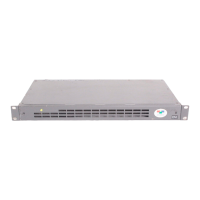
Do you have a question about the Avitech MCC-8004 series and is the answer not in the manual?
Details optional extended warranty plans for continuous coverage.
Information on repair services and costs for products outside the warranty period.
Compliance statement regarding FCC regulations for the device.
CE marking and compliance notices for European Union directives.
Specific compliance statements for the European Union.
C-Tick marking and compliance notice for Australia and New Zealand.
Compliance statement for Australia and New Zealand standards.
Introductory message congratulating the user on purchasing the product.
Explains conventions and structure used within the manual.
Lists all standard items included in the MCC-8004 series package.
Highlights the key features and capabilities of the MCC-8004 series.
Provides detailed technical specifications for the MCC-8004 series.
Describes the operational aspects and functionalities of the MCC-8004 series.
Identifies and explains the components on the front panel of the MCC-8004 series.
Details the connectors and ports located on the rear panel.
Guides users through initial setup and connection of the MCC-8004 series.
Step-by-step guide for connecting the MCC-8004 series hardware.
Instructions for connecting multiple MCC-8004 series units in a cascade.
Introduces the Galaxy software for system setup and configuration.
Details how to utilize the optional Simplified Control Panel (SCP).
Steps to prepare the unit for the SCP keypad.
Instructions for recalling saved presets using the SCP keypad.
Configures the RS-232 port for ASCII command interface.
Configures Windows HyperTerminal for communication.
Steps to access and use the ASCII Z command interface.
Explains the structure and syntax of ASCII Z commands.
Outlines procedures for updating the MCC-8004 series firmware.
Specific steps to update the DS80C400 (C2.1) firmware.
Instructions for updating FPGA MB digital clock firmware.
Steps to update the FPGA MB analog clock firmware.
Procedure to update the FPGA UB firmware.
Steps to update the On-Screen Display (OSD) firmware.
Resets the device to its original factory default settings.